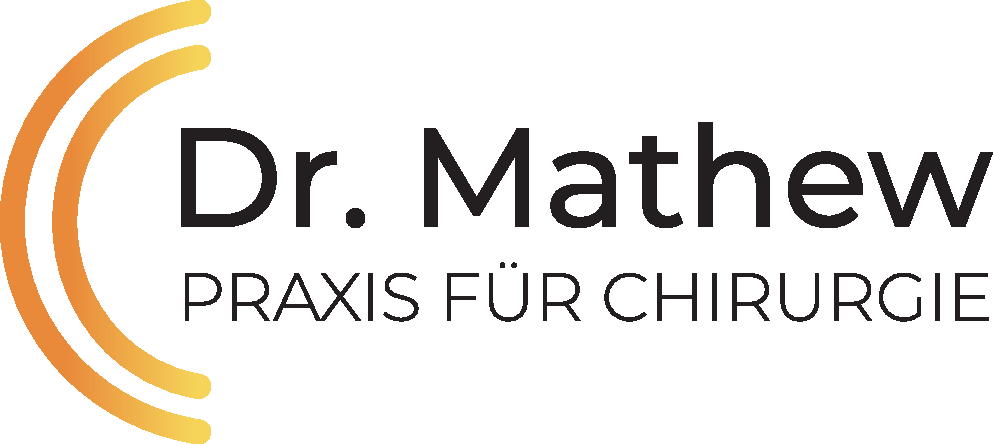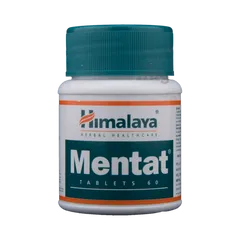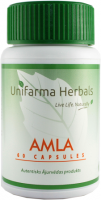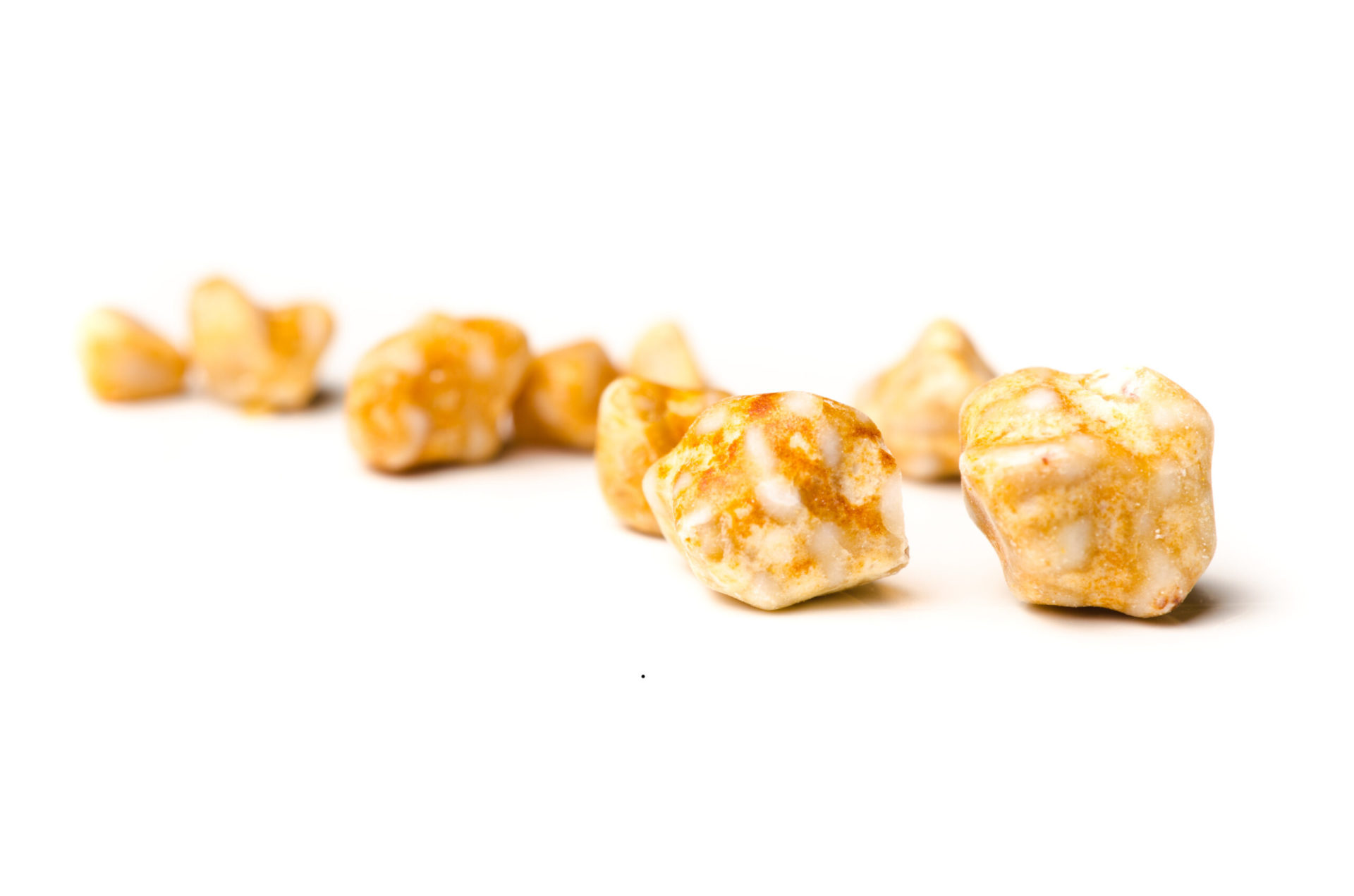
Gallblader
The gallbladder is a hollow organ that stores bile. Gallstones can develop as a result of a high-fat diet, a lack of exercise, high cholesterol intake and familial predisposition. These in turn cause biliary colic which manifests itself as upper abdominal pain and nausea, especially after meals.
In symptomatic patients, surgical removal of the gallbladder using a minimally invasive technique is the treatment of choice.
Inguinal hernia
An inguinal hernia is often caused by high pressure (coughing or lifting) in the groin region. Age-related weakness of the connective tissue also promotes the formation of a hernia.
The classic symptoms of an inguinal hernia are pain and swelling in the groin.
Since an inguinal hernia does not resolve on its own, surgery (minimally invasive or open) is the treatment of choice.
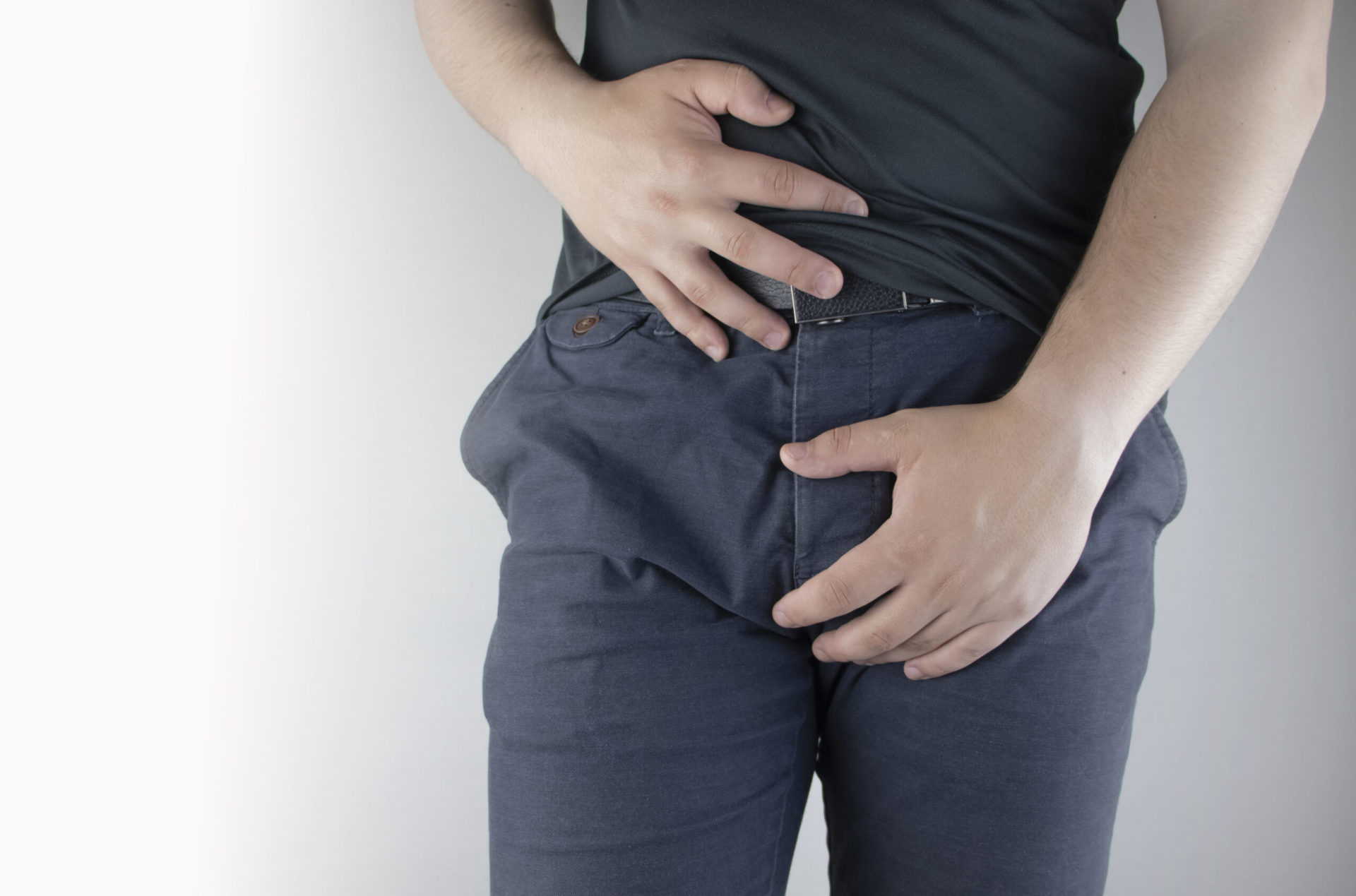
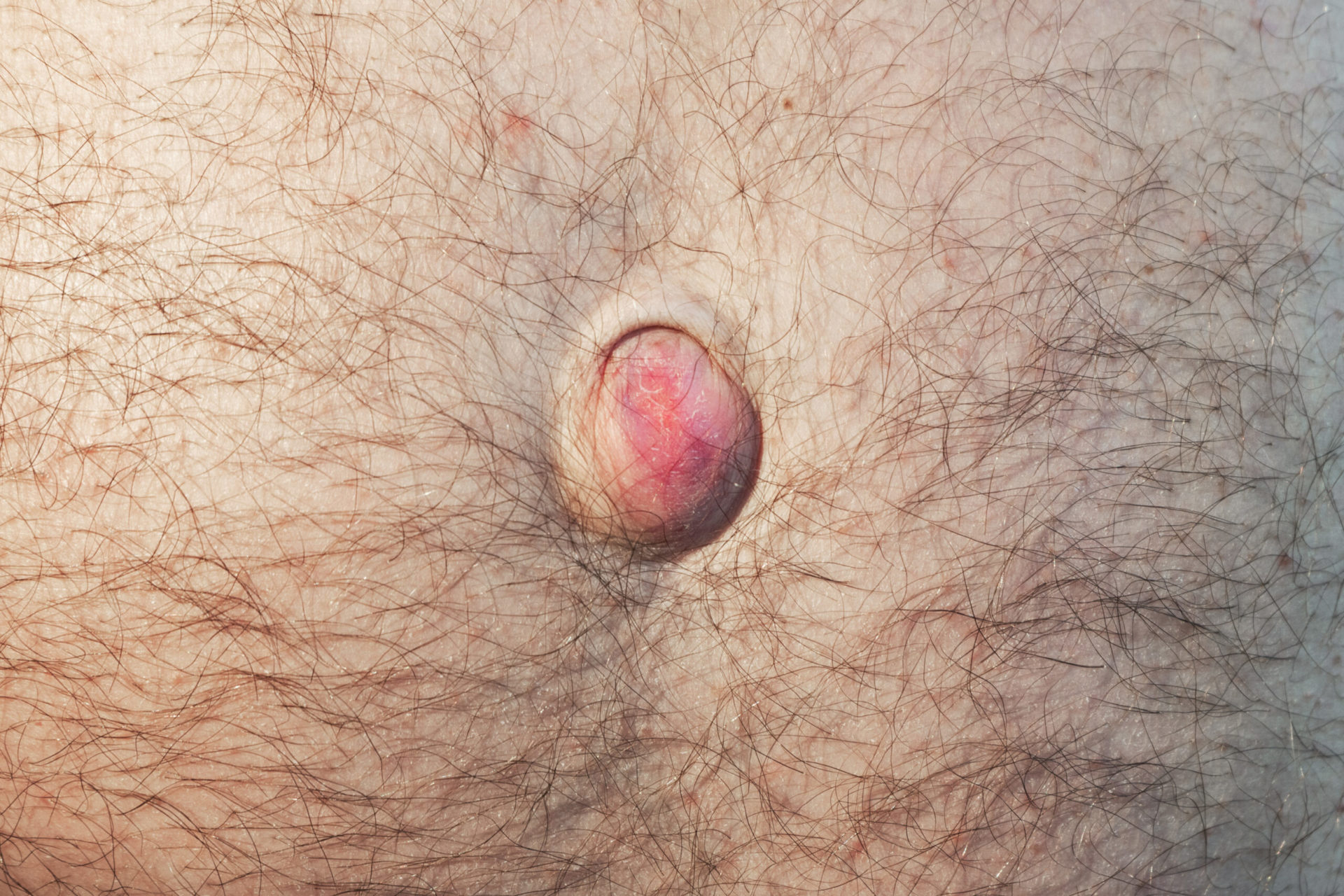
Umbilical hernia
The umbilicus represents a natural orifice. Classic symptoms of an umbilical hernia are pulling, sometimes radiating pain in the umbilical area. The hernia can grow in size and bulge over time. With a pronounced increase in size, intestine can also become trapped in the hernial sac.
This type of hernia is closed with a small cosmetic incision in the navel area; in the case of larger hernias, a plastic mesh is inserted to prevent recurrence.
Incisional Hernia
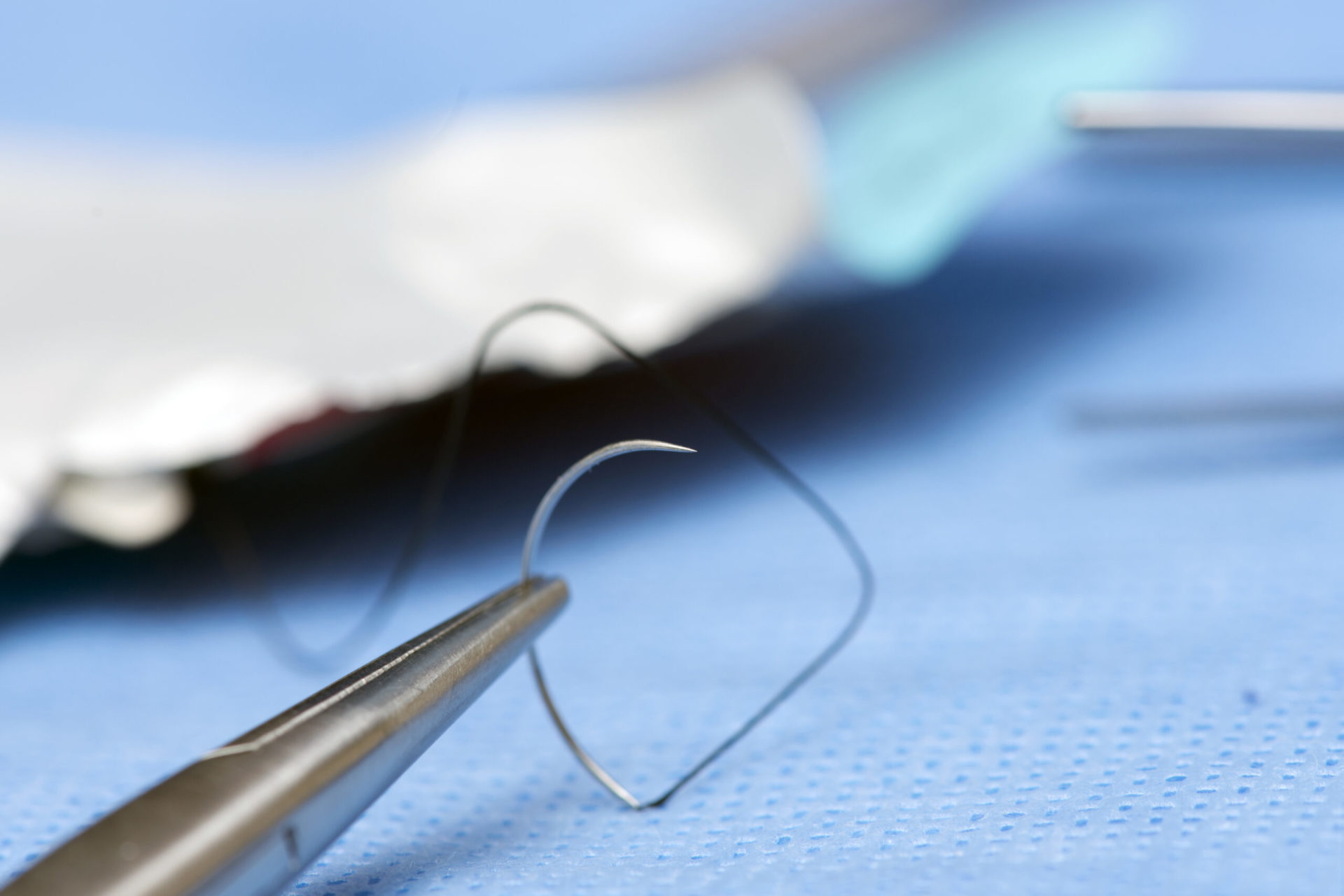
OUR RECOMMENDATIONS
Products for operations
We recommend these products especially before and after operations for:
Gallenkoliken, Gallenblasenentfernung, Leistenbrüchen, Bruchoperationen und der postoperativen Verstopfung zur besseren Verdauung.
-
4,00 € / 4 g
incl. 20% VAT
plus Shipping costs
Product contains: 4 g
- Out of Stock
- Ayurvedic herbs tablets, Bestseller
Mentat (60 Tabl.)
- 19,90 €
-
4,00 € / 4 g
incl. 20% VAT
plus Shipping costs
Product contains: 4 g
- Read more
-
-
55,28 € / 100 g
incl. 20% VAT
plus Shipping costs
Product contains: 36 g
- Out of Stock
- Ayurvedic herbs tablets, Bestseller
Ashvagandha (60 veg. capsules)
- 19,90 €
-
55,28 € / 100 g
incl. 20% VAT
plus Shipping costs
Product contains: 36 g
- Read more
-
-
54,37 € / 100 g
incl. 20% VAT
plus Shipping costs
Product contains: 36.6 g
- Ayurvedic herbs tablets
Amla (60 capsules)
- 19,90 €
-
54,37 € / 100 g
incl. 20% VAT
plus Shipping costs
Product contains: 36.6 g
- Add to cart
